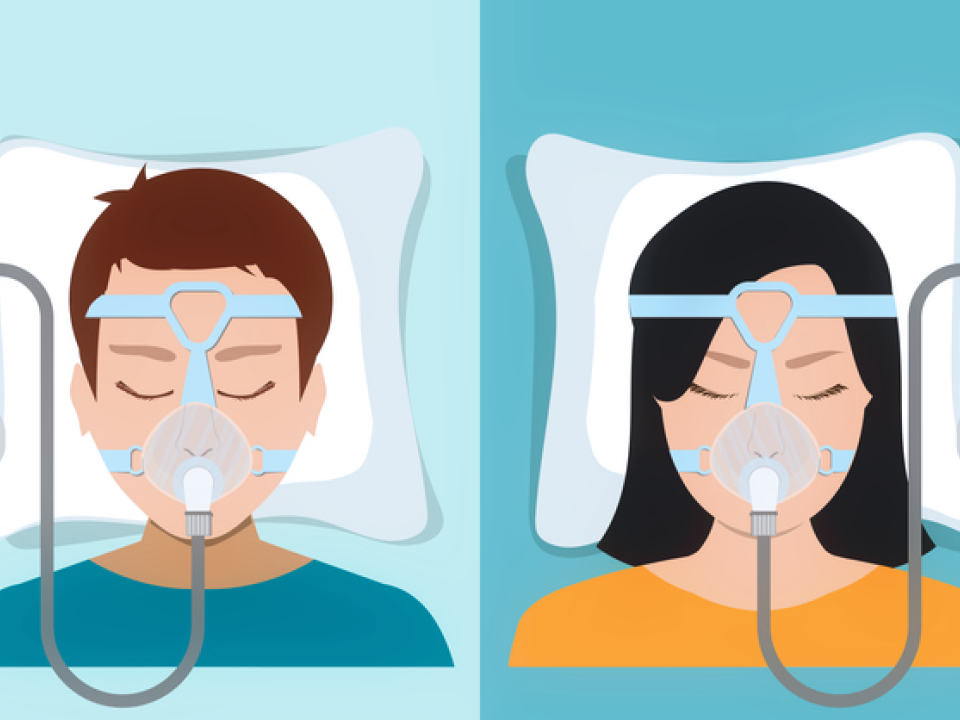
Last time you checked, red meat was out, lean proteins were in and plant-based meat alternatives were all the rage.
Then a group of researchers published a new set of recommendations about meat consumption, and the entire nutrition world erupted in one massive food fight.
Health experts have long believed that eating too much processed meat can cause serious issues. According to those recently released guidelines, though, there’s not enough evidence to support this claim — and you should feel free to continue your meat-eating ways.
Needless to say, all this bickering over bacon is pretty confusing.
Is eating meat actually bad for you? How much is too much? And are those trendy meat-free alternatives any better? Well, just like the soy protein compound in your Impossible Burger, the answer is complicated.
How does eating meat affect my health?
“Red meat, particularly processed meat, has been shown to be associated with many chronic diseases, including type 2 diabetes and cardiovascular diseases,” explains Amanda Fretts, an assistant professor at University of Washington’s School of Public Health and an investigator in University of Washington School of Medicine’s Cardiovascular Health Research Unit.
Although the exact reasons are unknown, she says, many nutrition experts believe it’s due to the high amounts of sodium and saturated fats found in processed meats.
Case in point: Eating just 50 grams of processed meat every day — about four slices of bacon or one hot dog — can increase your relative risk of colorectal cancer by as much as 18%.
That’s not to say that all meats are unhealthy, though.
“Consumption of processed meat is positively associated with poorer health outcomes,” Fretts says. “On the other hand, dietary patterns that include lean meats and baked or broiled fish are associated with lower risk of developing cardiovascular diseases and type 2 diabetes.”
That’s because fish like tuna and salmon have anti-inflammatory omega-3 fatty acids, she notes, which can actually reduce your risk of heart disease and lower your cholesterol.
In simpler terms, it’s less about maligning meat as a whole and more about looking at what’s in the meat you eat.
“The perception is that white meat is better than red meat, and that’s not the point,” explains Anne Linge, a registered dietitian and certified diabetes educator at the Nutrition Clinic at University of Washington Medical Center-Roosevelt. “If both meats contain the same amount of saturated fat, they are both potentially not healthy for us.”
Should I eat less meat?
While organizations like the American Heart Association and World Health Organization suggest cutting back on your meat consumption to reduce your risk of those aforementioned conditions, the researchers behind those controversial new guidelines have a bone to pick.
They looked at data from 54,000 participants across 12 different studies and found little evidence to support the idea that cutting back on meat can reduce your risk of disease. As a result, they say, there’s not much point in trimming how much meat you eat.
Take the average American’s red meat consumption: four servings per week. Limiting that to one serving per week would result in only seven fewer cancer-related deaths and six fewer diabetes-related deaths per 1,000 people, the researchers say. That’s a reduction of just 0.7% and 0.6%, respectively.
With such nominal numbers, they argue there’s little reason to corral your inner carnivore. Critics, on the other hand, say these new guidelines are not only confusing but incredibly harmful.
For one, the strength of evidence linking red and processed meat to chronic disease is equal to that connecting secondhand smoke to cancer. There is some uncertainty, critics concede, but you don’t see health experts encouraging people to keep up their smoking habits. So why do it for eating meat?
And when you view those seemingly paltry percentages in terms of public health, the numbers aren’t quite as insignificant as they seem. For the United States — population 329 million — trimming how much meat Americans eat would mean 2.3 million fewer deaths from cancer and 1.9 million fewer deaths from type 2 diabetes.
What does all this controversy mean for how much meat to eat? Just use your common sense, Linge says.
“As a general rule, cutting back on meats high in saturated fat is not bad for heart health and healthy eating,” she explains. “That said, there is room in a healthy diet for both plants as well as meats.”
Are plant-based meat alternatives a healthy option?
If you’re looking for a way to scale back on burgers, you might be tempted to try those trendy meat alternatives that look and taste like the real thing.
Consume carefully, Fretts and Linge say.
“Many faked meats are highly processed and contain high levels of sodium, which adversely affects health,” Fretts explains. “Some veggie burgers are also high in saturated fat.”
The easiest way to tell if something is a healthy option or not, Linge adds, is to check what’s in it.
“If you look at the ingredients on something like an Impossible Burger or Beyond Burger, both lack whole-food ingredients and are highly processed with chemical additives and ingredients that don’t come out of your kitchen,” she notes. “Ideally, you’d want to see something that’s a legume, bean or vegetable — something that comes out of your pantry versus soy leghemoglobin and pea protein isolate.”
What is a good balanced diet?
Processed meat and faux fried chicken aside, perhaps the easiest way to give your diet a healthy refresh is to keep things simple. For Linge, that means being mindful of what you’re eating rather than going whole hog and suddenly cutting something out of your diet.
“In general, I like to see more vegetables and fewer animal products,” she says. “It’s just a healthier way for all of us to live.”
One easy-to-follow technique she suggests is the plate method: Fill half your plate with vegetables and fruits, a quarter with starch or grain and a quarter with lean protein. No calorie counting or serving sizing needed.
And if you still want to enjoy a fast food burger or side of bacon from time to time, that’s perfectly fine.
“If you want to enjoy food that’s less healthy, just do it less often,” Linge says.

 Healthy ideas for your inbox
Healthy ideas for your inbox





